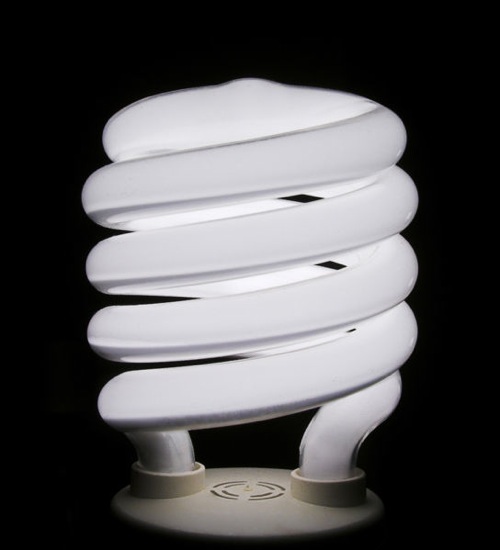Breaking, wicked-sweet news from the U.S. Department of Energy:
FOR IMMEDIATE RELEASE
Thursday, March 26, 2009
Obama Administration Announces Additional $208,759,900 for Local Energy Efficiency Improvements in Texas
Block Grants to Support Jobs, Cut Energy Bills, and Increase Energy Independence
WASHINGTON – Vice President Joe Biden and Energy Secretary Steven Chu today announced plans to invest $3.2 billion in energy efficiency and conservation projects in U.S. cities, counties, states, territories, and Native American tribes. This includes $208,759,900 for state, county and city efforts in Texas. A detailed breakdown is below.
Today’s announcement builds on an investment of $545,757,732 in Texas weatherization and energy funding announced by the Administration on March 12th and detailed at energy.gov/recovery.
“These investments will save taxpayer dollars and create jobs in communities around the country,” said Vice President Biden. “Local leaders will have the flexibility in how they put these resources to work – but we will hold them accountable for making the investments quickly and wisely to spur the local economy and cut energy use.”
The Energy Efficiency and Conservation Block Grant program, funded by President Obama’s American Recovery and Reinvestment Act, will provide formula grants for projects that reduce total energy use and fossil fuel emissions, and improve energy efficiency.
The funding will support energy audits and energy efficiency retrofits in residential and commercial buildings, the development and implementation of advanced building codes and inspections, and the creation of financial incentive programs for energy efficiency improvements. Other activities eligible for use of grant funds include transportation programs that conserve energy, projects to reduce and capture methane and other greenhouse gas emissions from landfills, renewable energy installations on government buildings, energy efficient traffic signals and street lights, deployment of Combined Heat and Power and district heating and cooling systems, and others.
Of that sum, the City of Austin would get $7,492,70, Dallas $12,787,300, Houston $22,765,100, San Antonio $12,897,00, Georgetown $201,900, New Braunsfels $498,200, and San Marcos $498,100. The State Energy Office would also get $45,638,100.
That’s a lot of weather stripping and double panes:
[youtube=http://www.youtube.com/watch?v=pezKEkBIhqA]
A detailed breakdown of funding to state, city, and county governments after the jump.
(more…)
Read Full Post »
 Representative Swinford and Representative Anchia, calls for an incentive program for solar power generation through surcharges on utility bills, and Mark Strama is looking at how Texas Schools specifically could benefit from the construction of solar panels on their rooftops.
Representative Swinford and Representative Anchia, calls for an incentive program for solar power generation through surcharges on utility bills, and Mark Strama is looking at how Texas Schools specifically could benefit from the construction of solar panels on their rooftops. For your Earth Day enjoyment, Public Citizen, Sierra Club, and Environmental Defense have written a joint Op-Ed that has been published in both the Austin American Statesman & the Houston Chronicle. So on this day of celebration,
For your Earth Day enjoyment, Public Citizen, Sierra Club, and Environmental Defense have written a joint Op-Ed that has been published in both the Austin American Statesman & the Houston Chronicle. So on this day of celebration, 
 announced an
announced an 

 The Houston Chronicle ran an Op-Ed Sunday entitled
The Houston Chronicle ran an Op-Ed Sunday entitled  Yowza! Looks like the State Energy Conservation Office (SECO) won the stimulus dollars scratch off, big time. SECO, which usually has a budget of around $2 million, will get an additional
Yowza! Looks like the State Energy Conservation Office (SECO) won the stimulus dollars scratch off, big time. SECO, which usually has a budget of around $2 million, will get an additional 


